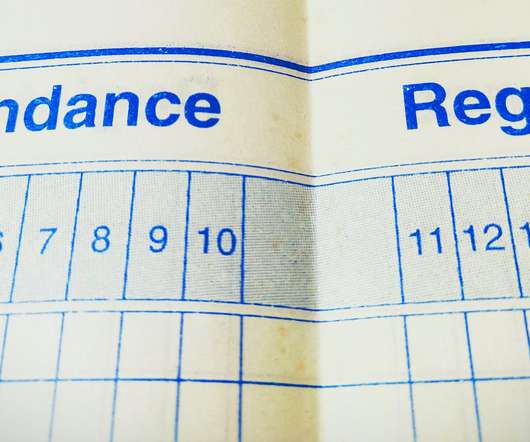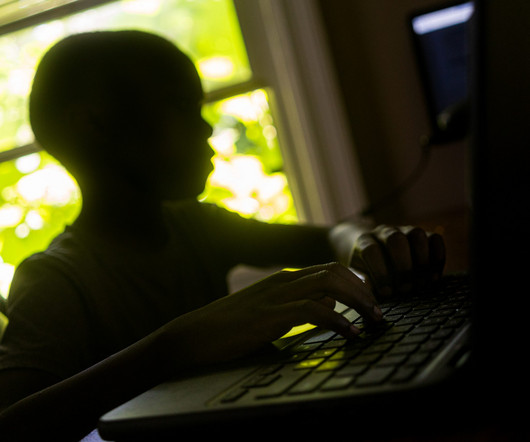Districts Pivot Their Strategies to Reduce Chronic Absenteeism During Distance Learning
Edsurge
JULY 29, 2020
Department of Education reported that for the 2015-2016 school year, more than 7 million students —or 16 percent of all students—and 20 percent of high school students are chronically absent. In elementary school, frequent absences are linked to a higher likelihood of dropout—even if attendance improves over time.


















Let's personalize your content